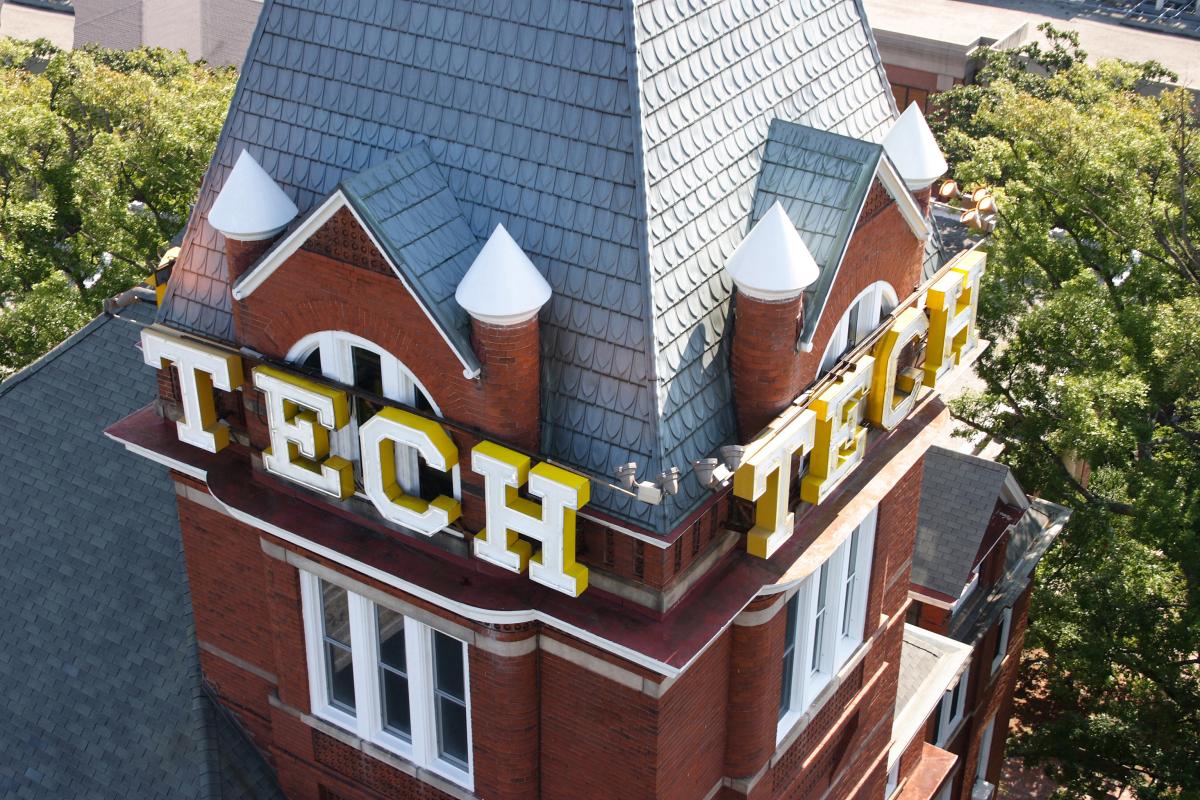
Abstract
Investments in technology and innovation enable new space missions, stimulate the economy, contribute to the nation’s global competitiveness, and inspire America’s next generation of scientists, engineers and astronauts. Space Technology Mission Directorate Associate Administrator Michael Gazarik will provide an overview of NASA’s technology development efforts and the agency’s contributions. Dr. Gazarik will discuss Space Technology’s current portfolio, including collaborative partnerships for current students and researchers, as well as future projects and opportunities.
Brief Bio
Dr. Michael Gazarik serves as Associate Administrator of the NASA Space Technology Mission Directorate. In this capacity, he is focused on infusing advanced technology into the Agency's exploration and science missions, proving the capabilities needed by the aerospace community, and developing the Nation's innovation economy. He has previously served as a senior leader at the NASA Langley Research Center, where he was responsible for balancing engineering and fabrication capabilities across multiple projects, delivering flight hardware for numerous flight missions, and leading the formulation of a variety of aeronautics, exploration, and science programs. Dr. Gazarik has over 25 years' experience in the design, development, and deployment of spaceflight systems. Prior to joining NASA, he served as project manager for the Geosynchronous Imaging Fourier Transform Spectrometer (GIFTS) project at the Massachusetts Institute of Technology's Lincoln Laboratory. He also led the development of the Airborne Sounder Testbed-Interferometer, an instrument that provides temperature and water vapor profiles of the Earth's atmosphere. Dr. Gazarik also worked in the private sector on software development for commercial and government applications. He earned a B.S. in Electrical Engineering from the University of Pittsburgh in 1987, and an M.S. in 1989 and a Ph.D. in 1997, both in Electrical Engineering, from the Georgia Institute of Technology.
